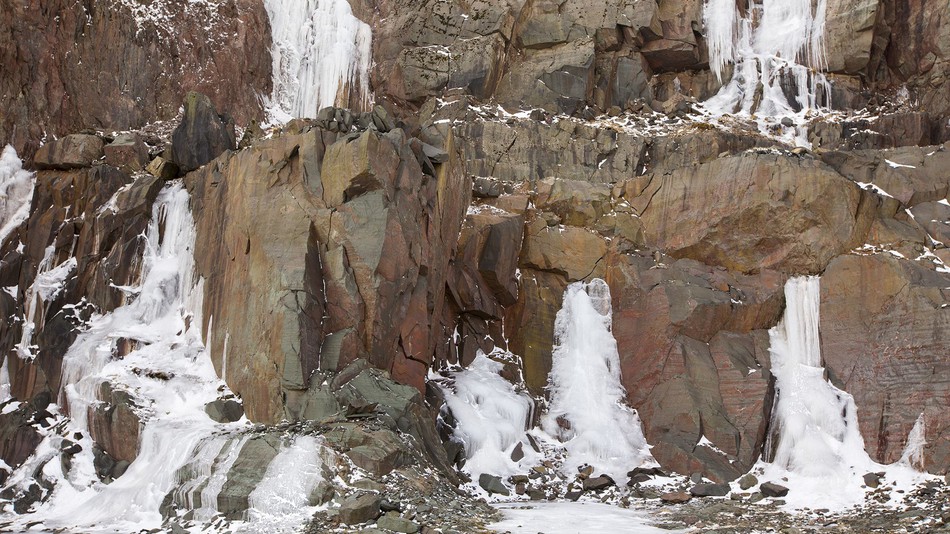
Researchers have discovered another sort of water known as Ice-VII from jewels somewhere down in the Earth’s outside layer. This kind of ice is around 1.5 times as thick as what we’re utilized to (Ice I), with an alternate nuclear arrangement like what’s most normally found on ice moons circling Jupiter or Saturn.
As the name infers, there are a few kinds of ice that recognize our regular assortment of solidified water from Ice-VII, every more thick than the last. Ice-VII has been compacted, with oxygen molecules in a cubic structure rather than the hexagonal structure of Ice-I. The essential strain to make it can be found on Earth, however our planet is generally too warm to shape Ice-VII, not to mention keep it stable.
Precious stones can frame up to 400 miles underneath the Earth’s surface, yet materials caught inside them don’t generally make due up to the surface.
“Typically the to a great degree profound minerals that surface to the surface are not steady once they encounter low weights,” mineralogist George Rossman told the Los Angeles Times. “They break and whatever incorporations they had in them are lost. Be that as it may, if a precious stone comes up sufficiently quick, it doesn’t change.”
The researchers being referred to were searching for an uncommon sort of carbon dioxide when they found this first example of Ice-VII on Earth. Other known locales of its reality are Jupiter’s moon Europa, and Saturn’s moons Titan and Enceladus.
Original article by Proma Khosla